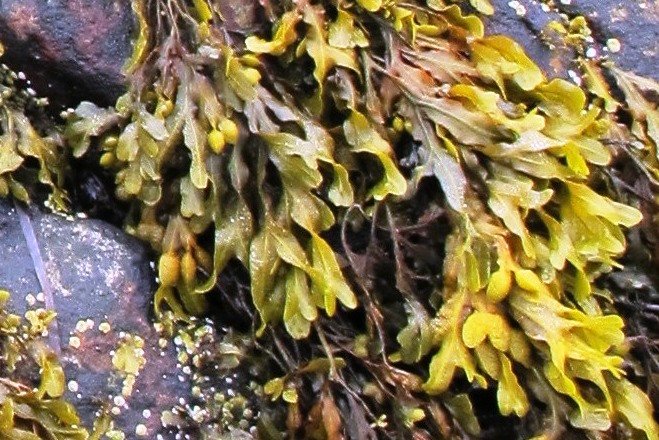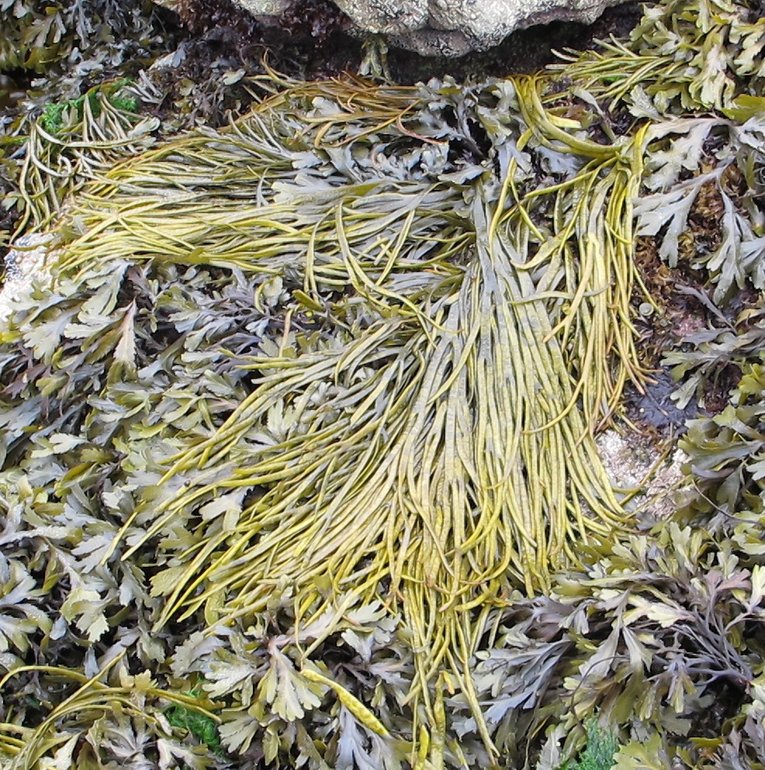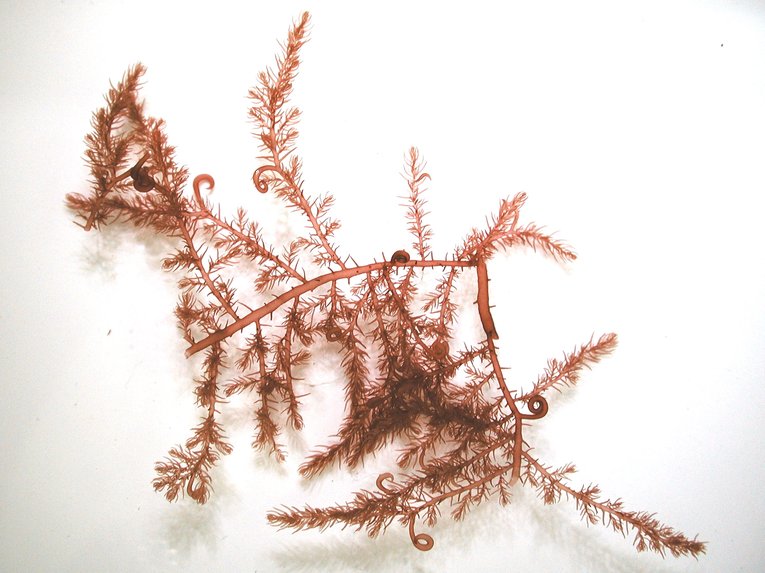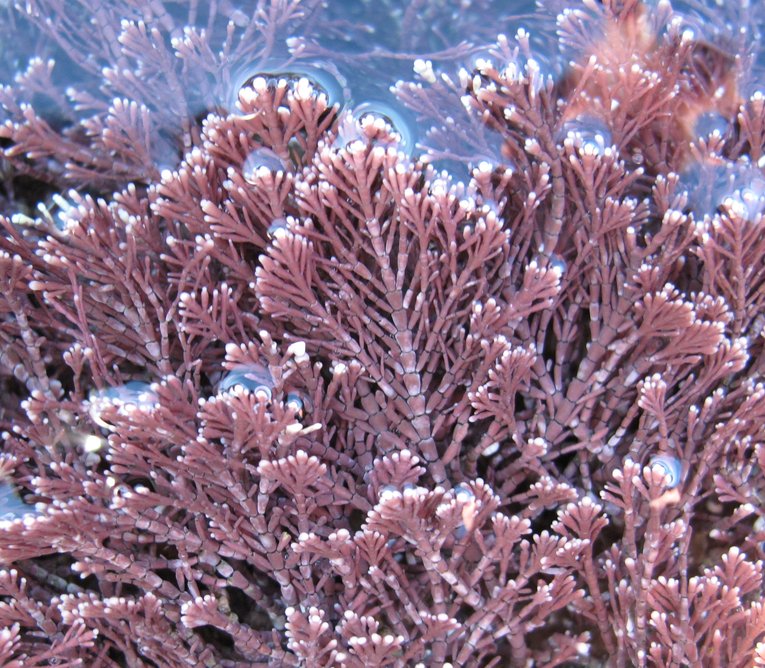
Meet the seaweed types
3 minute read
There are over 650 species of seaweed found around the UK and we’re on the lookout for 14 of them.
These 14 species were chosen because they're good indicator species – a species whose presence, absence or abundance reflects a specific environmental factor. Indicator species can mark a change in the condition of an ecosystem.
We've split the species into three groups to highlight the environmental change they indicate.
Rising sea temperature
UK sea temperatures have risen 2°C in the past 40 years. Research suggests that cold water seaweeds are moving further north where it's cooler, while the range of warm water species is expanding.
These are the species which may respond to temperature change:
Non-native species
Non-native species are those that wouldn’t normally be found in the UK. They've found their way to our seas - mostly due to human activity - and settled here. They can outcompete other native species for food, light or space, forcing them to move or die out altogether.
Ocean acidification
The sea is becoming more acidic as it absorbs increasing amounts of carbon dioxide in our atmosphere. Lots of ocean species, like seaweeds, struggle to grow in these conditions.
What have you spotted?
Identifying seaweeds on the shore can be difficult. We've created this photograph ID guide to make it a bit easier. This guide only includes the 14 species which we're looking to record, but you might find other species on the beach, too. Keep your eyes peeled for the key ID features and take lots of pictures when you submit your survey.

This project is funded by the Government's Green Recovery Challenge Fund. The fund was developed by Defra and its Arm's-Length Bodies. It is being delivered by The National Lottery Heritage Fund in partnership with Natural England, the Environment Agency and Forestry Commission.















